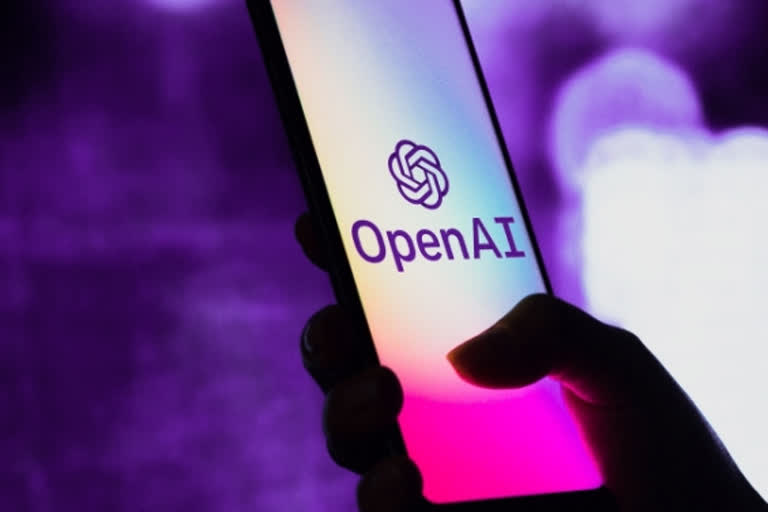Hyderabad: AI research laboratory OpenAI, best known for Dall-E — the AI-based text-to-image generator, released ChatGPT, an AI chat interface based on the GPT-3 family of large language models in its beta version. GPT-3, or the third generation 'Generative Pre-trained Transformer', is a neural network machine learning model trained using internet data to generate any type of human-like text.
According to OpenAI’s description, ChatGPT can answer “follow-up questions”, and can also “admit its mistakes, challenge incorrect premises, and reject inappropriate requests.” “We trained an initial model using supervised fine-tuning: human AI trainers provided conversations in which they played both sides—the user and an AI assistant. We gave the trainers access to model-written suggestions to help them compose their responses,” explains the blog on how this was built.
Currently, ChatGPT has invited users to get feedback and learn about its strengths and weaknesses. During the research preview, usage of ChatGPT will be free, according to the blog post, therefore it has more than one million users in just six days post its launch. "The dialogue format makes it possible for ChatGPT to answer follow-up questions, admit its mistakes, challenge incorrect premises, and reject inappropriate requests," OpenAI said in a blog post.
Also read: Digital transformation spending in India to reach $85 bn by 2026
The reason ChatGPT has generated so much popularity in a few days is the kind of answers people receive from it. People are using it to replace writing emails, writing academic essays, coding or debugging code, detecting security vulnerabilities in code samples, interpreting interdimensional travel, generating Tweets in the style of any celebrity, writing software, and the AI is performing as if on steroids!
ChatGPT is a sibling model to InstructGPT, which follows instructions and prompts and provides detailed responses. The model was trained using Reinforcement Learning from Human Feedback (RLHF), using the same methods as InstructGPT, but with slight differences in the data collection setup, said the blog post.
However, the company said that the AI chat interface comes with many limitations and they plan to make regular model updates to improve in such areas. "Users are encouraged to provide feedback on problematic model outputs through the UI, as well as on false positives/negatives from the external content filter which is also part of the interface," said OpenAI. "We are particularly interested in feedback regarding harmful outputs that could occur in real-world, non-adversarial conditions, as well as feedback that helps us uncover and understand novel risks and possible mitigations," it added.
Several early adopters are reporting how precise ChatGPT3 is in understanding context and abstract human qualities like humour and even basic emotions. Though some users have pointed out that these lack context and substance, which is largely true. The OpenAI team has stated their goal to make Artificial General Intelligence available to everybody in the world.



